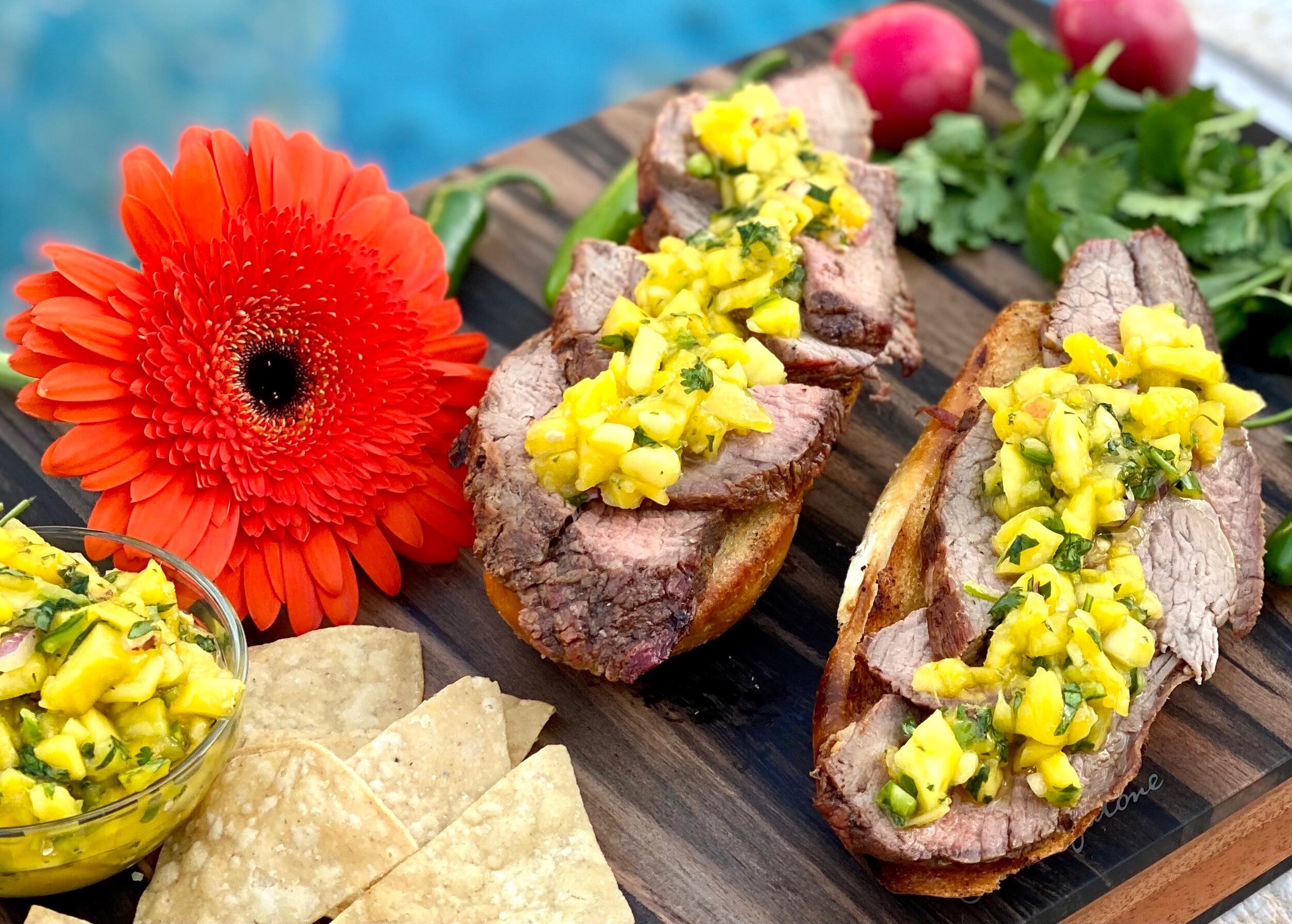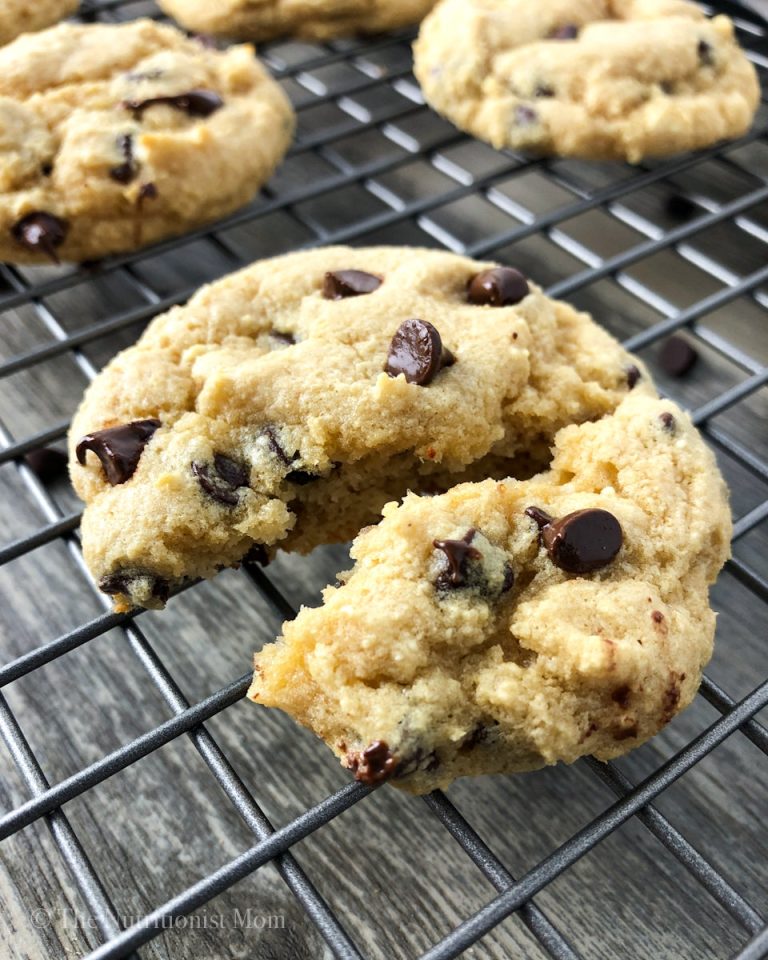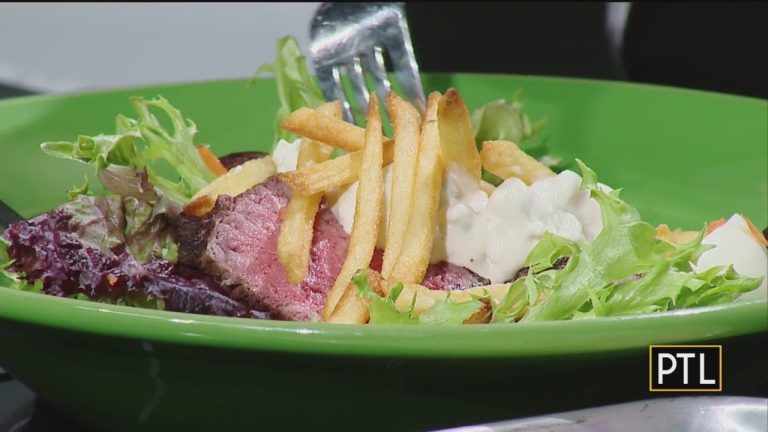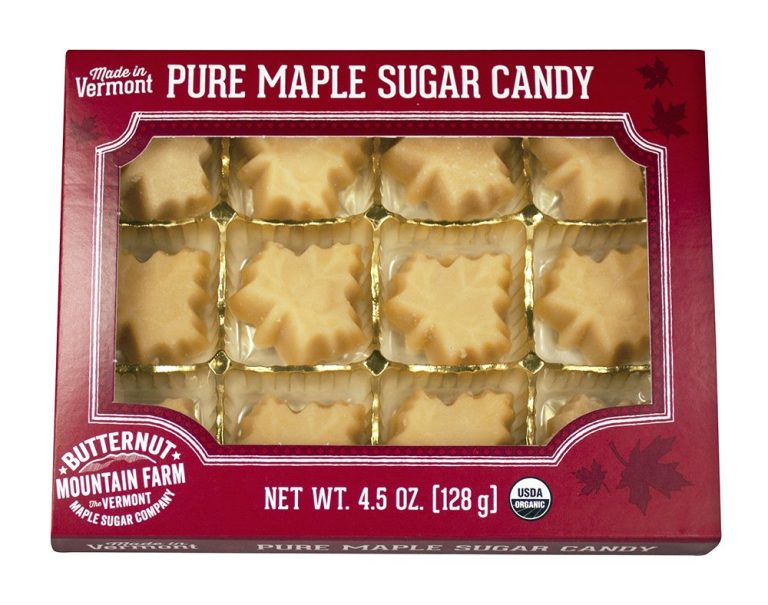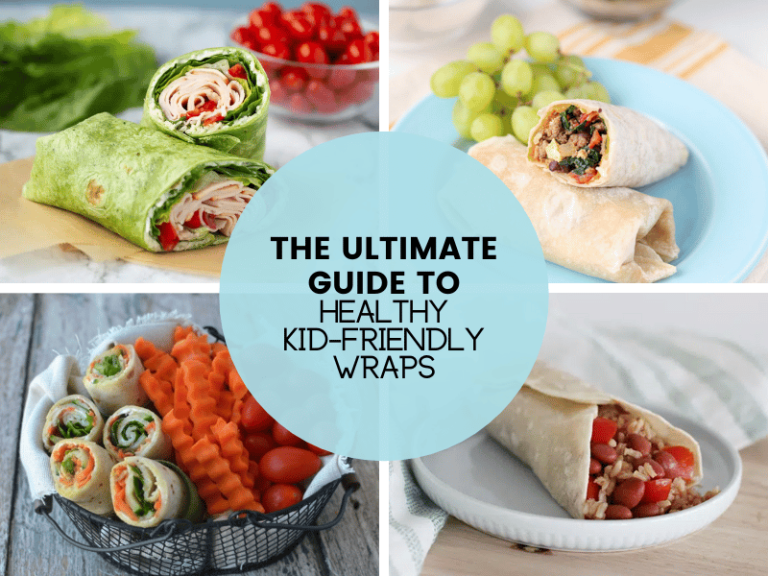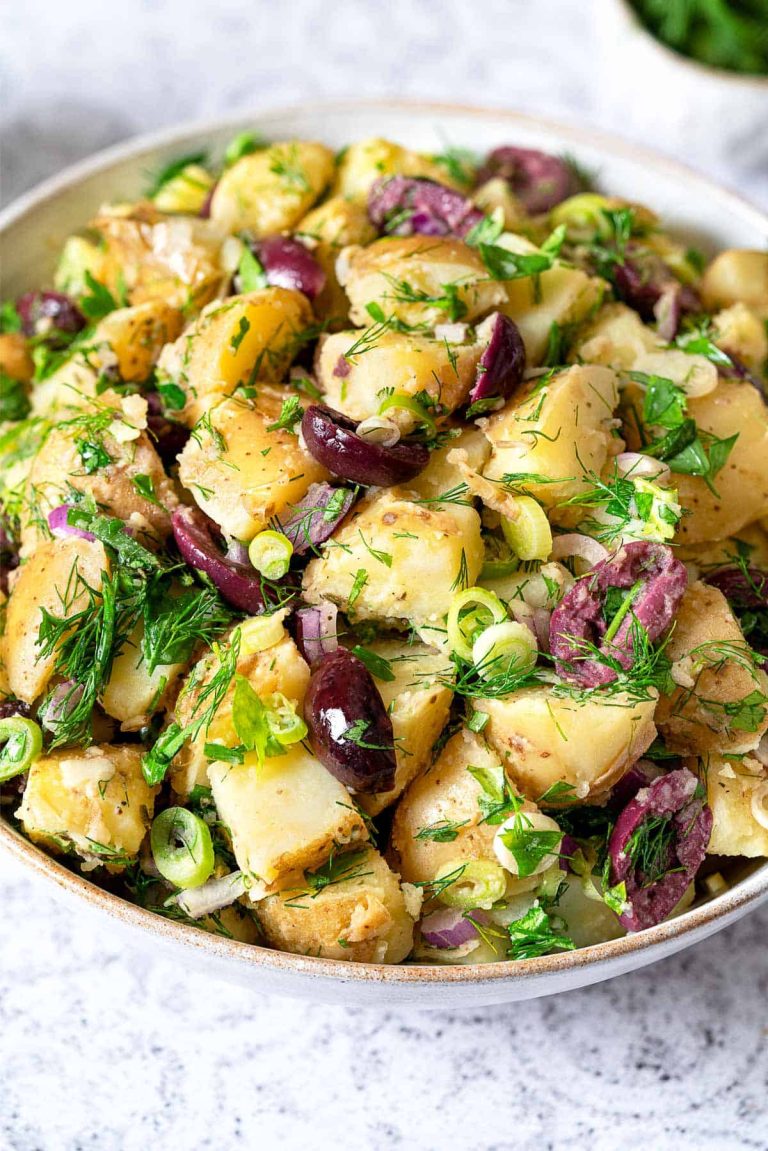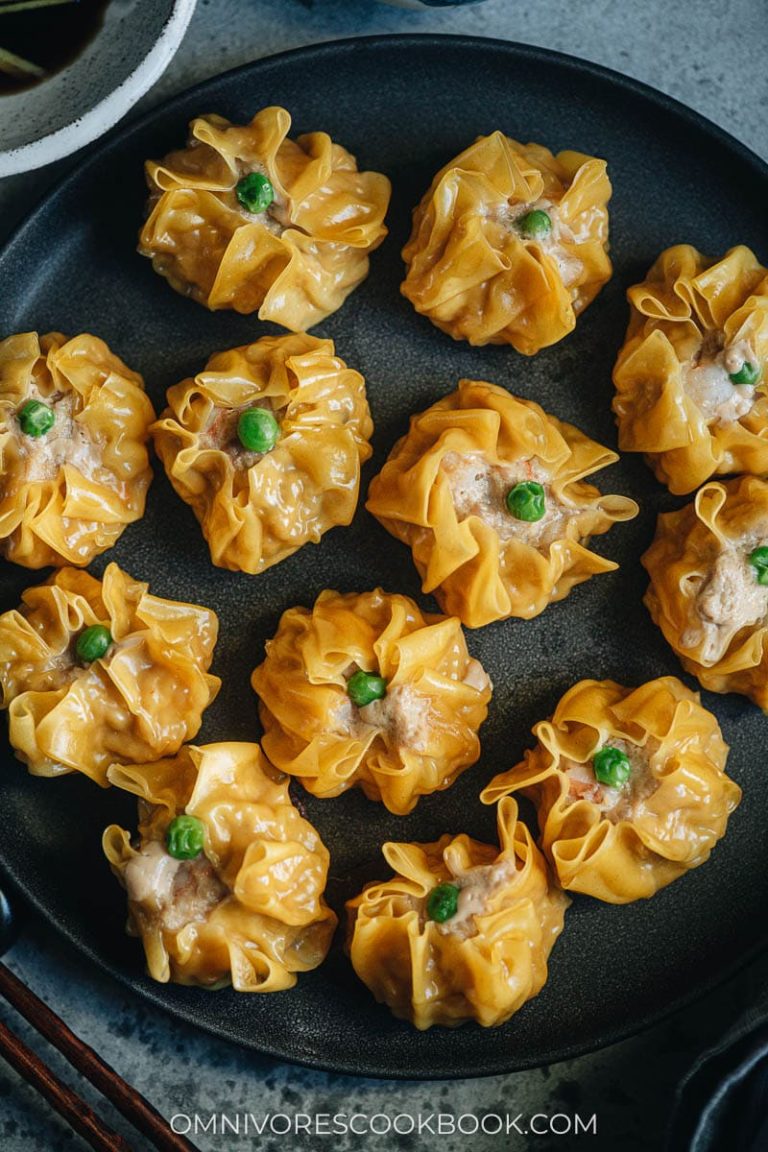Mexican Tortas: Authentic Recipes, Tips, and Top Spots to Try
Tortas have deep roots in Mexican history, reflecting the cultural blend of indigenous and Spanish influences. Originating in the 19th century, tortas evolved as an ingenious adaptation of the traditional Spanish bocadillo. Mexican cooks began using local ingredients and techniques, making tortas distinct from their Spanish predecessors. The introduction of the bolillo bread, often credited to the French during their intervention in Mexico in the 1860s, gave rise to the modern torta’s signature texture.
Types of Tortas Across Mexico
Each region in Mexico adds its unique twist to the torta, creating a variety of flavors and styles:
- Torta de Milanesa: Breaded and fried beef or chicken cutlets are served with avocado, lettuce, tomatoes, and spicy salsa.
- Torta Ahogada: This specialty from Guadalajara is “drowned” in a spicy tomato sauce, typically filled with carnitas (fried pork).
- Torta Cubana: A hearty and elaborate option, it includes a mix of meats like ham, sausage, and breaded cutlet, along with cheese, egg, and various vegetables.
- Torta de Cochinita Pibil: Popular in Yucatán, this torta features slow-roasted pork marinated in achiote and sour orange, garnished with pickled red onions.
- Torta de Tamal: Commonly found in Mexico City, it consists of a tamal (steamed corn dough with fillings) tucked into a bolillo or telera roll.
Tortas showcase the regional diversity and rich culinary heritage of Mexico, ensuring there’s always something new and delicious to explore.
Key Ingredients in a Traditional Torta
Bread Varieties
The bread used for tortas is essential for its unique texture and flavor. Common choices include bolillo, telera, and birote. Bolillo, a crusty and oval-shaped roll, provides a slightly crunchy bite. Telera, softer and flatter, absorbs sauces well. Birote, specific to the Guadalajara region, has a sourdough-like tang.
Common Fillings and Toppings
Fillings and toppings define the torta’s character. Popular fillings include meats like carnitas, chorizo, and milanesa. Carnitas, slow-cooked pork, offers rich flavor. Chorizo, a spicy sausage, adds a zesty kick. Milanesa, breaded fried meat, provides a crispy texture.
Toppings enhance the experience, with options like refried beans, avocado, and Oaxaca cheese. Refried beans add creaminess while avocado provides a fresh, buttery element. Oaxaca cheese, similar to mozzarella, melts beautifully, adding a gooey consistency. Other toppings include lettuce, tomato, pickled jalapeños, and a variety of salsas, each contributing unique flavors and textures.
Preparing the Perfect Torta
Cooking Techniques
Cooking techniques significantly impact the flavor and texture of your torta. Grilling proteins like chicken, steak, or pork ensures they retain their natural juices. Marinating the meat enhances the taste. For a crispy texture, frying breaded proteins like milanesa or carnitas provides a delightful crunch. Using a comal, a traditional flat griddle, to toast the bread adds an authentic touch. Once the bread’s ready, applying a light layer of refried beans on the inside keeps the sandwich moist. Melting cheese over the protein creates a rich, cohesive bite. Layering the ingredients strategically prevents the torta from becoming soggy.
Tips for Beginners
Start simple to master the essence of torta making. Select a high-quality bolillo or telera bread. Choose versatile fillings like shredded chicken or refried beans to ensure a successful outcome. Prepping all ingredients before assembly speeds up the process. Toasting the bread slightly before adding fillings keeps it from becoming too soft. Use a balanced mix of textures and flavors, incorporating creamy avocado or tangy pickled jalapeños. When assembling, layering ingredients with care retains the torta’s structure. Practicing these fundamentals empowers you to experiment with more complex recipes confidently.
Where to Find the Best Tortas
Famous Torta Shops
You can find some of the best tortas in renowned shops across Mexico. La Güera Tortas in Mexico City’s Colonia Roma is famous for its Torta de Chilaquiles, combining crispy tortilla strips with flavorful salsa. El Pialadero de Guadalajara offers a notable Torta Ahogada, featuring pork carnitas submerged in a spicy tomato sauce, making it a must-try in Jalisco. Tortas Don Polo in Mexico City provides a variety of options, including the revered Torta Cubana loaded with diverse meats, making it a top choice for torta enthusiasts. These shops ensure authentic flavors, with each bite reflecting regional culinary traditions.
Regional Variations Worth Trying
Different regions in Mexico offer distinct torta variations worth sampling. In the Yucatán Peninsula, Torta de Cochinita Pibil showcases slow-roasted pork marinated in achiote paste. Puebla’s Cemita Poblana uses sesame-seed-encrusted bread, avocado, and chipotle peppers for a unique taste. In Veracruz, you’ll enjoy a Torta de Carnitas, featuring tender, seasoned pork contrasted by pickled jalapeños. Exploring these regional varieties enhances your understanding of Mexico’s culinary diversity, with each torta reflecting local ingredients and cooking techniques. These regional gems are a testament to the storied tradition of Mexican street food.
Conclusion
Diving into the world of tortas opens up a rich tapestry of flavors and textures that reflect Mexico’s culinary heritage. Whether you’re a beginner or a seasoned cook, the journey of crafting the perfect torta promises to be rewarding. Start with quality ingredients and explore different regional variations to truly appreciate this versatile sandwich. Don’t hesitate to visit renowned shops to experience authentic flavors firsthand. Enjoy your culinary adventure with tortas and savor the delightful tastes that make them a beloved staple in Mexican cuisine.
